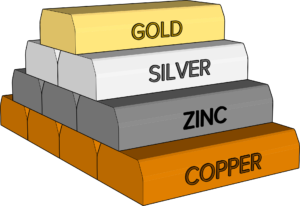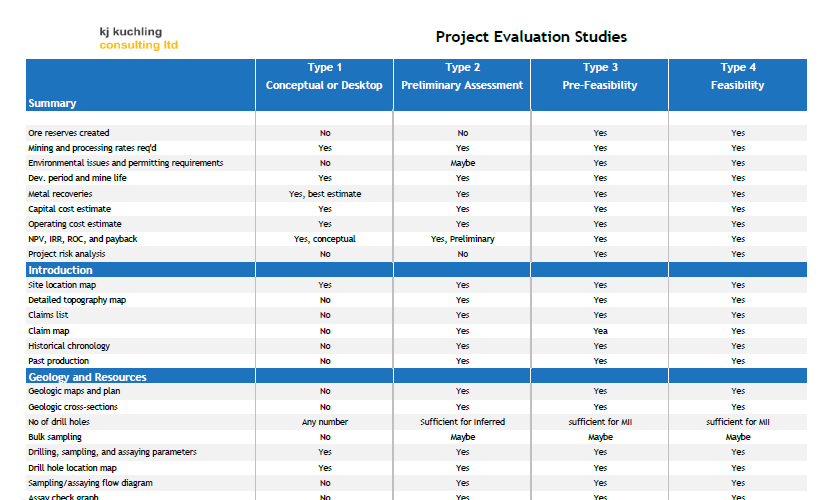
As stated in a previous article (“PEA’s – Not All PEA’s Are Created Equal“) different PEA’s will consist of different levels of detail. This is driven by the amount of technical data available and used in the study. The same issue applies to a single PEA whereby different chapters of the same study can be based on different degrees of data quality.
I have seen PEA’s where some of the chapters were fairly high level based on limited data, while other parts of the same study went into great depth and detail. This may not be necessary nor wise.
Think about the level of detail justifiable


 The bottom line is that it is important for the Study Manager and project Owner to ensure the entire technical team is on the same page and understands the type of information they are working with. The technical detail in the final study should be consistent throughout.
The bottom line is that it is important for the Study Manager and project Owner to ensure the entire technical team is on the same page and understands the type of information they are working with. The technical detail in the final study should be consistent throughout.



 Some PEA’s might be based on a large database of test work and site information while others may rely on very preliminary data and require design projections based on that data.
Some PEA’s might be based on a large database of test work and site information while others may rely on very preliminary data and require design projections based on that data. The sequential PEA approach is a convenient way to continue advancement of the project without making the step to a Pre-Feasibility study or bigger step to a Feasibility study. Maybe the project is still growing in size and a feasibility study at this stage would not be presenting the true potential, hence the updated PEA.
The sequential PEA approach is a convenient way to continue advancement of the project without making the step to a Pre-Feasibility study or bigger step to a Feasibility study. Maybe the project is still growing in size and a feasibility study at this stage would not be presenting the true potential, hence the updated PEA. The securities commissions consider that the cautionary language an important component of the PEA Technical Report and may red-flag it if it’s not in all the right places. However this cautionary language is generally focused on the resource.
The securities commissions consider that the cautionary language an important component of the PEA Technical Report and may red-flag it if it’s not in all the right places. However this cautionary language is generally focused on the resource.

